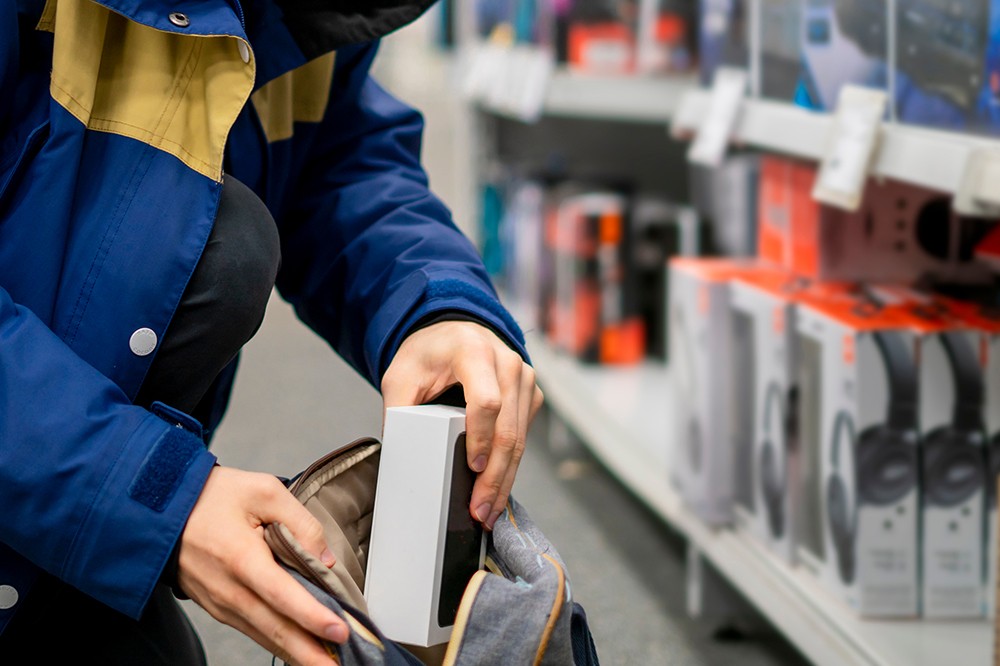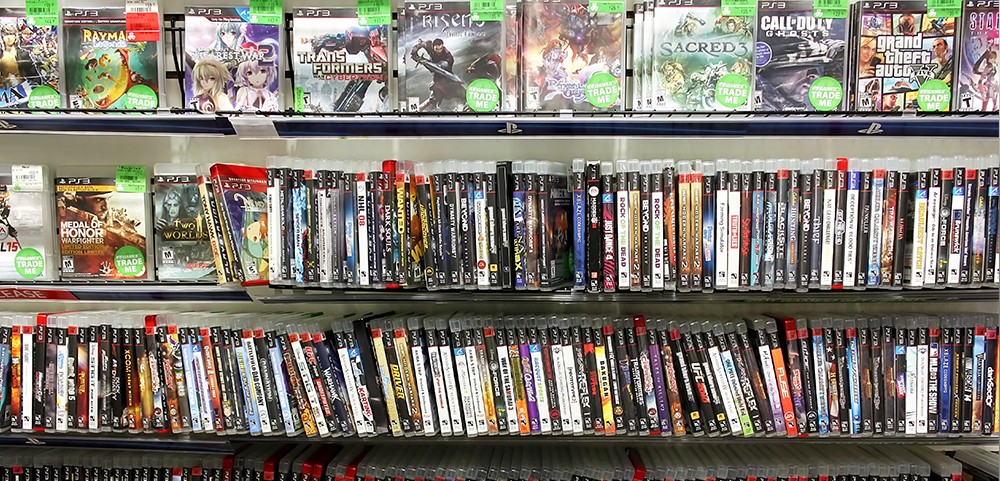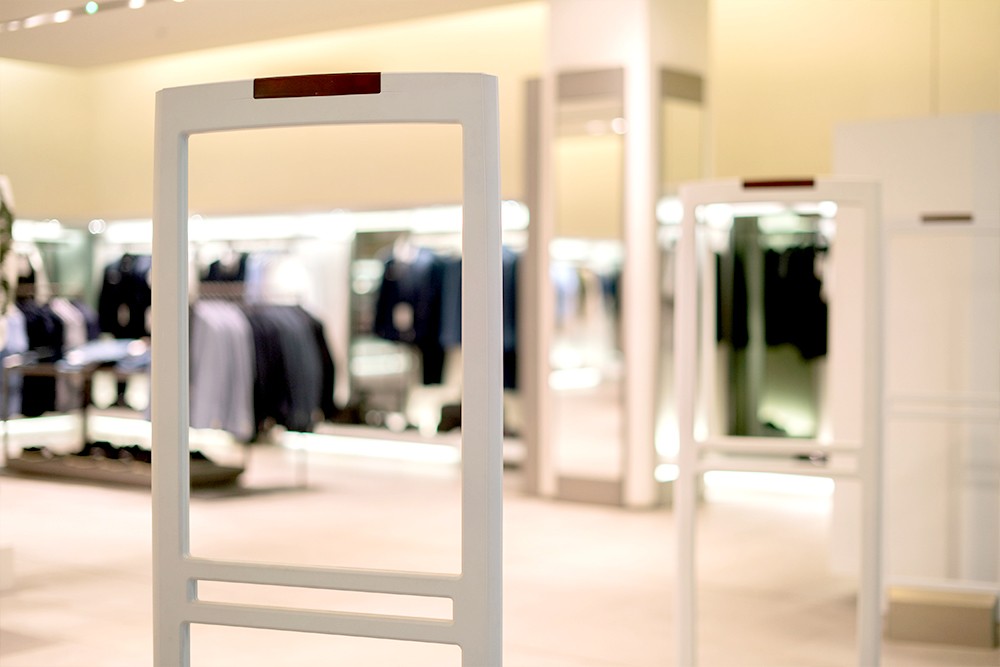
Protecting merchandise against theft
In retail, electronics and electronic accessories are among the most commonly targeted items for theft.
Stolen by individual shoplifters and organized retail crime gangs alike, electronic devices like laptops and tablets are high on the theft hit-list due to their re-sale value, while accessories like ear buds, headphones and charging cables are a common target due to their small size and popularity.
In a double bind for retailers, devices are often items that consumers need to see touch and engage with before making a purchasing decision.
Here’s a guide to protecting your merchandise against theft…
iPads, tablets and laptops
Big-budget devices like iPads, tablets and laptops present a unique challenge for retailers. On the one hand these are devices which can be readily re-sold by shoplifters at a high price, but on the other, they are products a consumer will need to engage with to test, try and feel before purchase.
In the bricks and mortar world, computer hardware is also often the central drawcard for any electronics retailer, taking pride of place on display in a bid to lure the customer in.
When it comes to protecting these devices, tethered displays and locked stands, supported by lockable cabinets and drawers for stock, are the major theft prevention methods of choice.
These displays and stands allow the consumer to engage with a display model, before committing to buy.
When considering displays or stands retailers should look for durable stands which offer charging capability, can be unlocked readily by sales associates to replace display stock, and support the security of extra accessories that might accompany the device.
Meanwhile, lockable cabinets should include features like smart keys which indicate which store associate has accessed the cabinet in a bid to combat employee theft.
Mobile phones

The latest, greatest smart phone displays can often be a major promotional asset for any electronics retailer, which means, like iPads, tablets and laptops, thy will need to be on show and accessible.
Again, tethered and secured displays play a major role in their protection, allowing the customer to experience the product before purchase.
For cheaper cell phones, simple glass cabinets are often the preferred protection method, along with security labels secreted in packaging, and spider wraps which sound an alarm should the device be stolen.
Internet of things devices
Whether it’s the newest smart speaker, the latest wearable or the most recent smart home hub, internet of things devices are becoming increasingly popular and often consumers want to see exactly what they entail prior to making a purchase.
Like other big-ticket electronics, their security often comes down to a combination of secure displays and security of stock via locked cabinets.
Accessories
Smaller in size and lower in value than major electronic hardware, accessories like headphones, chargers and keyboards are no less popular with thieves.
Meanwhile for retailers, having them readily available allows them to be upsold with associated devices to improve that all-important bottom line.
Electronic accessories tend to be secured in a variety of ways.
Some are featured as part of secured displays while others are kept behind glass and further still are accommodated on shelving. When on ready display, spider wraps, labels, cable security tags and stoplocks are the prime theft prevention methods of choice.
Movies, music and video games

When it comes to DVDs or even CDs containing movies, music and video games, the standard procedure is to secure these using security labels.
In the case of a frequently targeted, highly valuable and popular items, extra security might be utilised such as clear, lockable boxes or spider wraps.
You can learn more about selecting the right security labels or tags for the right product here, or talk to our friendly staff about the security options available for your store.


